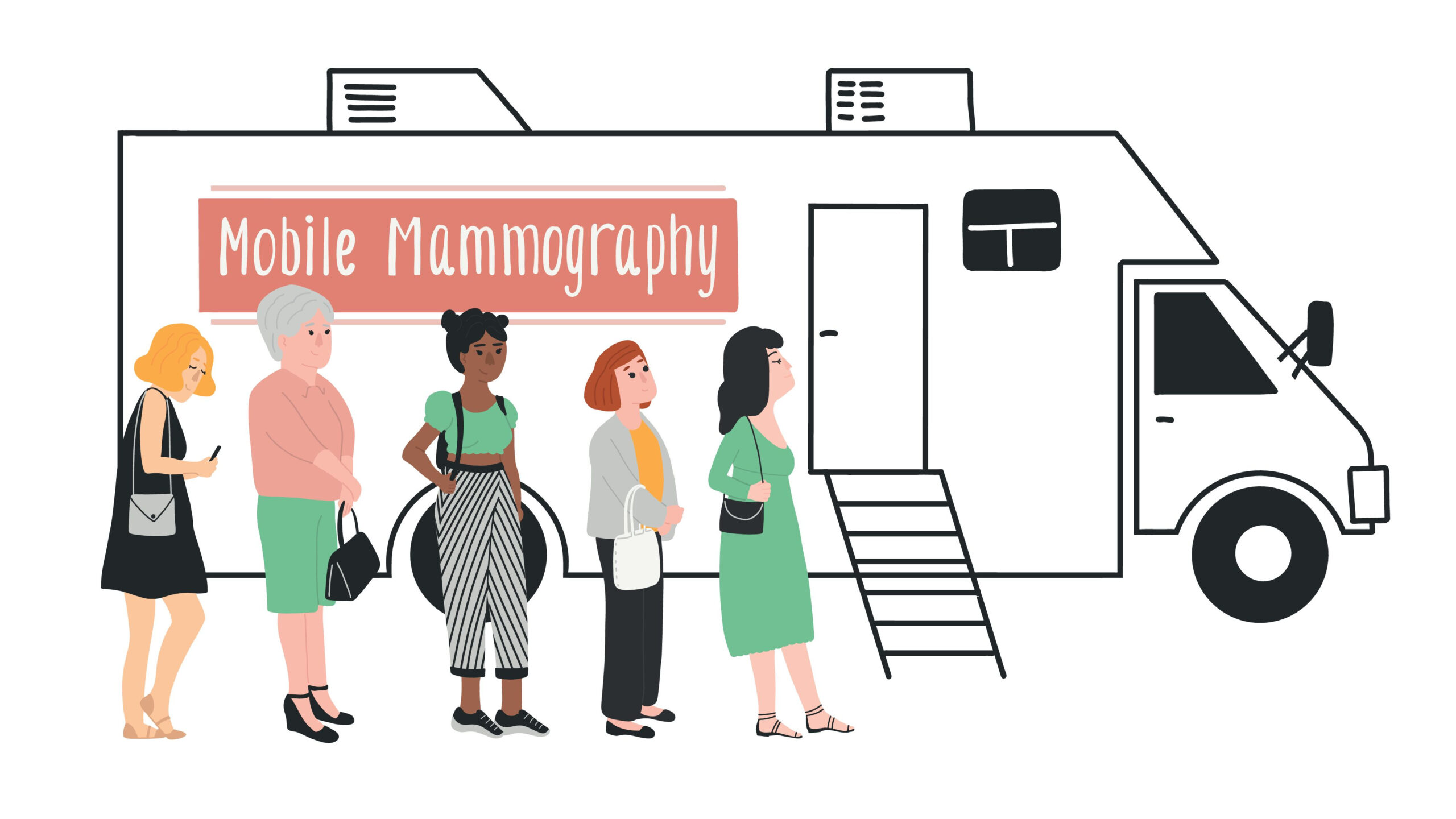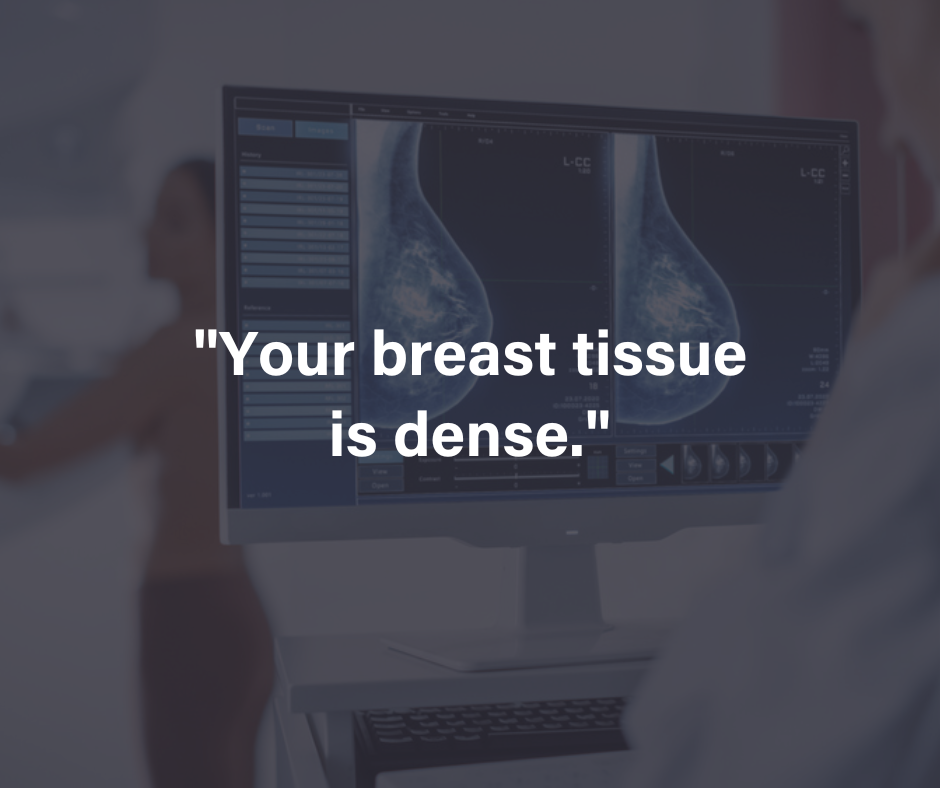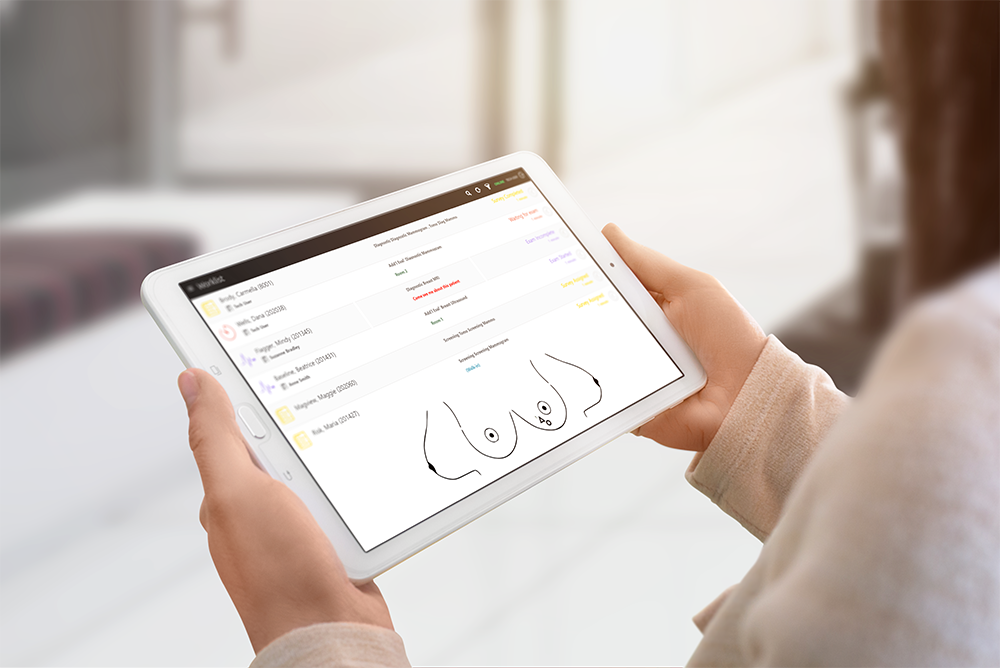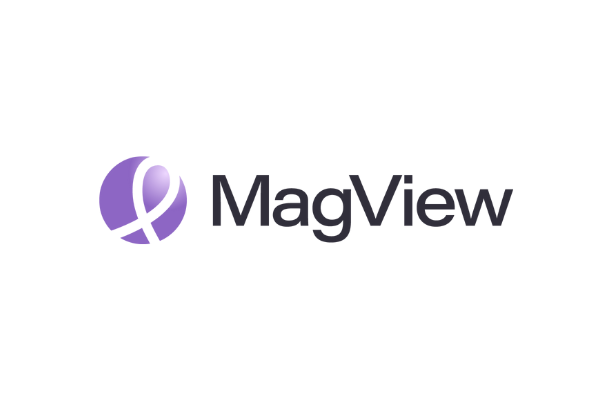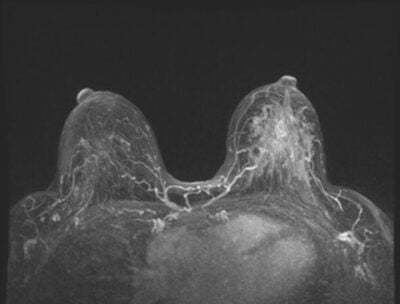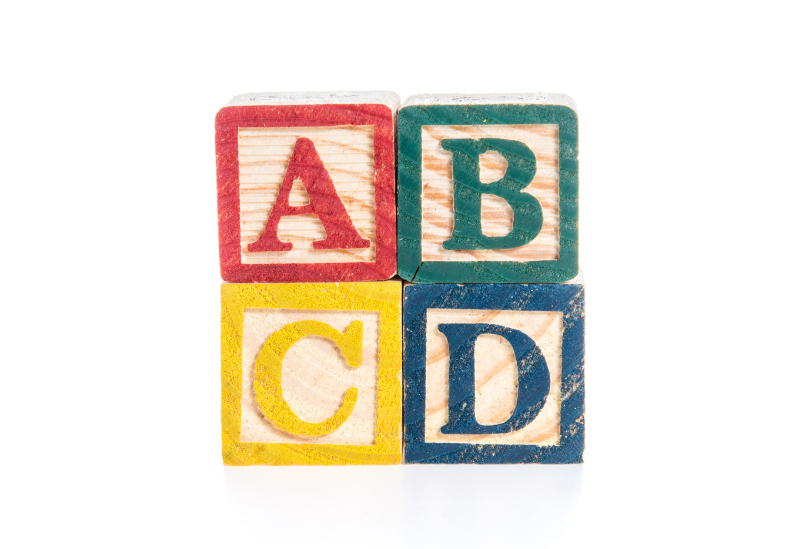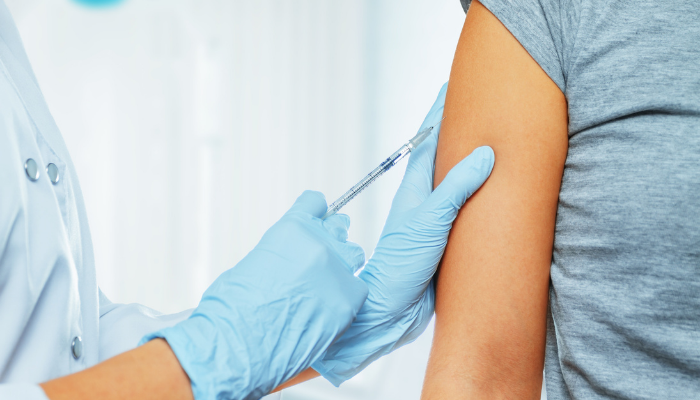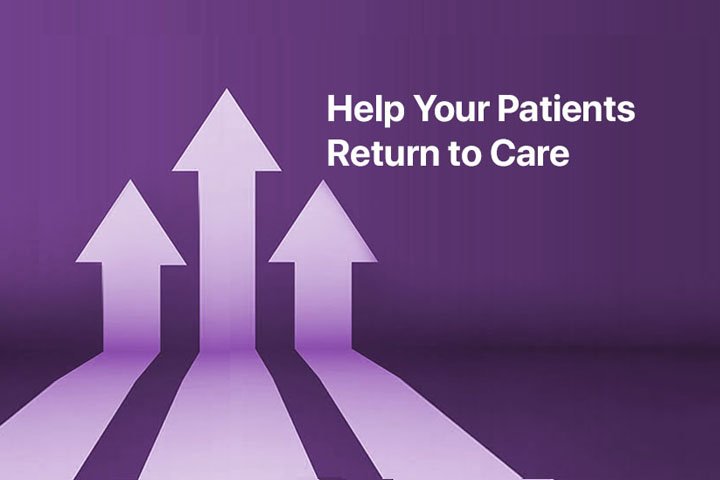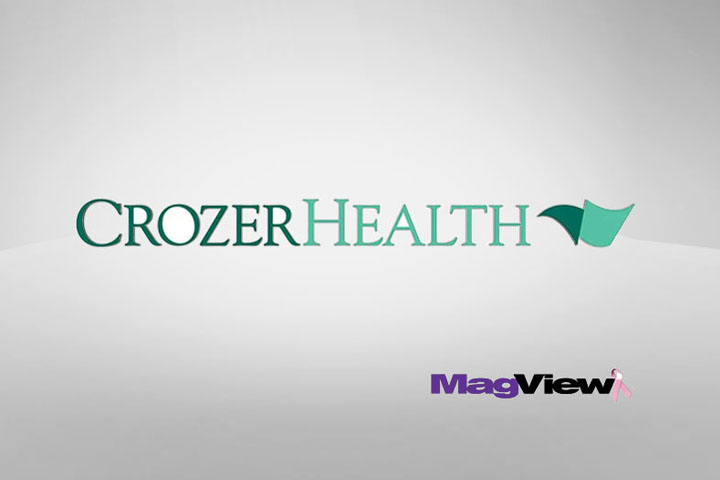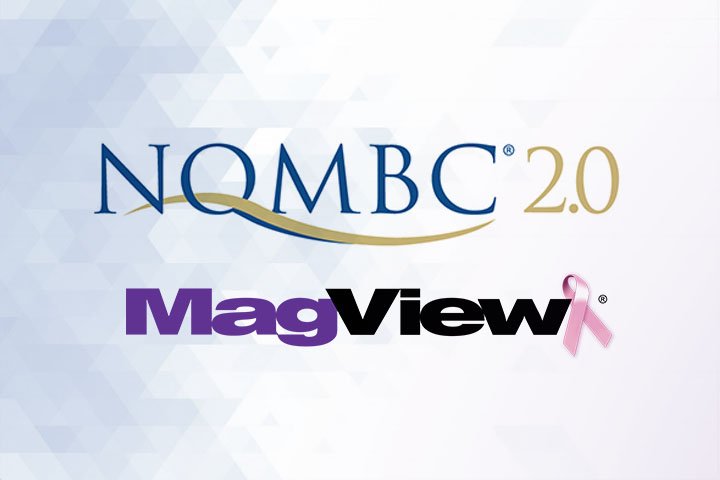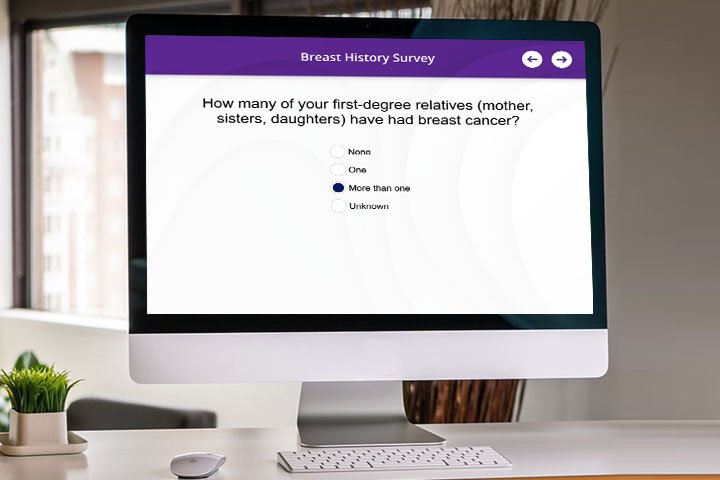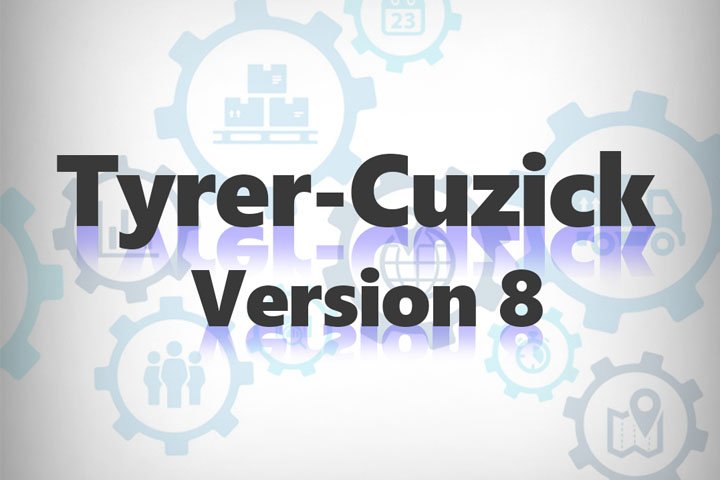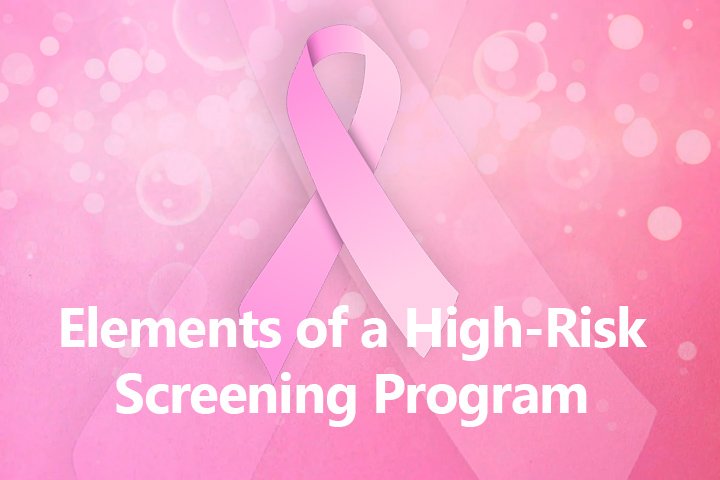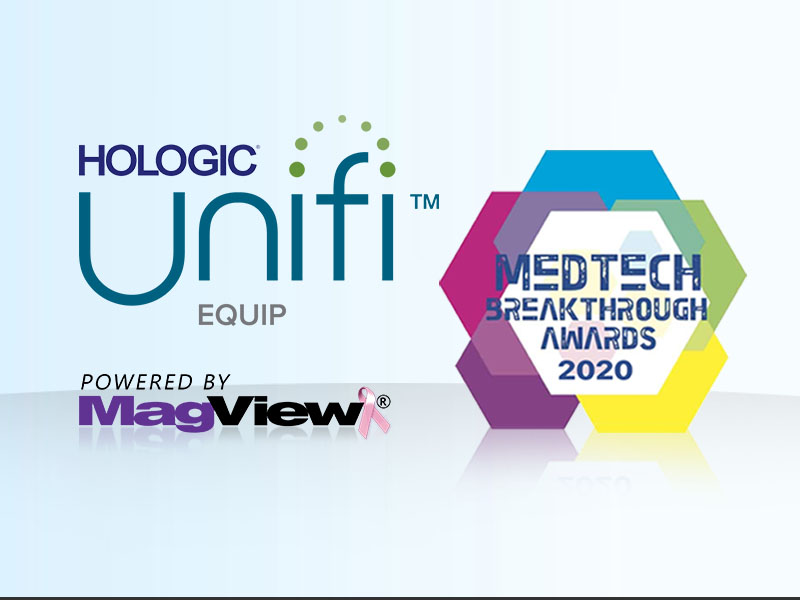Personalized breast cancer care is making rapid progress—and breast cancer risk assessment plays an increasingly critical role in support of prevention, early detection, and effective treatment.
There are various breast cancer risk assessment models available, and the Tyrer-Cuzick v8.0 (IBIS) is one of the most reliable tools breast centers can use to identify high-risk patients.
What is the Tyrer-Cuzick Breast Cancer Risk Assessment Model?
The Tyrer-Cuzick, or IBIS tool, is a commonly-used risk assessment model that estimates the likelihood of a woman developing breast cancer in 10 years and in her lifetime. According to the American College of Radiology (ACR), Tyrer-Cuzick is considered “the most comprehensive” and “the most consistently accurate” model for predicting breast cancer risk.
Benefits of the Tyrer-Cuzick Model for Imaging Centers
In addition to checking various family factors, reproductive history, and overall medical history to estimate a patient’s breast cancer risk—Tyrer-Cuzick was updated in 2018 to include breast density in risk calculations.
Why Tyrer-Cuzick?
Breast density is a known factor that can increase the difficulty of detecting an abnormality and can also increase breast cancer risk. According to Dense Breast-info, in the Tyrer-Cuzick model, “breast density is one of the top five factors determining breast cancer risk. This model is the most comprehensive and tends to be the most accurate at predicting risk at the population level.”
Breast Cancer Risk Models That Include Breast Density
- Tyrer-Cuzick is one of only two breast cancer risk assessment models that include breast density as a risk factor.
- The other is the Breast Cancer Surveillance Consortium (BCSC) model. Dense Breast-Info provides a detailed list of what’s included in both—which demonstrates the more-comprehensive nature of Tyrer-Cuzick, which includes:
- Current age
- Age at menarche
- Height
- Weight
- Parity
- Age of first childbirth
- Age at menopause
- HRT use
- Pathology results from prior benign or atypical breast biopsies
- Ovarian cancer
- Breast density (BI-RADS®, Volpara density, or Visual Analog Scale)
- Ashkenazi descent
- Age at diagnosis of first- and second-degree female relatives with breast or ovarian cancer and male relatives with breast cancer
How to Integrate the Tyrer-Cuzick Risk Model into your Breast Cancer Screening Workflow
The comprehensive nature of Tyrer-Cuzick is one of the reasons it’s so valuable. It’s also one of the reasons it can be challenging to use. The good news is that MagView has you covered when it comes to breast cancer risk assessment. Through our array of cutting-edge offerings, your breast center can efficiently integrate high-risk screening to improve outcomes for the patients entrusted to your care.
Streamline Collection of Patient Data
Patients can fill out required history information online from home or via tablet in your waiting room. The user-friendly format of our breast cancer risk assessment program makes it easy for patients to complete and eliminate manual entry for your staff. Yes, even for a complete Tyrer-Cuzick v8.0 (IBIS) assessment!
Automatically Identify Patients With High-Risk for Breast Cancer
Our integrated Risk Assessment Module calculates risk for Gail, BRCAPRO, Tyrer-Cuzick, B-RST, and other models based on electronic history. For those who have it, there is no need to log into another system or website. MagView automatically calculates the risk assessment score and flags high-risk patients in a single system. Integrate the score into your radiologist’s reporting platform with no interruption to their workflow.
Navigate Recommendations and Next Steps
MagView provides real-time guidance and recommendations based on NCCN guidelines and/or your organization’s custom protocol. Clearly identify patients eligible for MRI, genetic testing or genetic counseling. Each recommendation is tracked to ensure follow-through.
Communicate Risk Information to Patient and Provider
Risk score and recommendation (such as breast MRI) can be included in the radiologist’s imaging report with no additional steps. Automatically communicate risk score and personalized recommendations to the patient and provider. MagView provides options to integrate with breast density measurement software for risk calculation and density notification to the patient and provider.
To learn more, please download our free High-Risk Breast Screening E-Book. This resource provides the basics of high-risk breast screening and how to successfully run a high-risk program.
Learn how to:
- Choose a risk model
- Define your program goals
- Implement a streamlined workflow
- Increase breast MRI volume
- Define high-risk follow-up recommendations
- Notify the patient and their doctor
The guide also includes tips on Tyrer-Cuzick v8 and how to integrate breast density assessment software.
Contact us at MagView to learn more about how we can help your breast center optimize patient care by using the Tyrer-Cuzick breast cancer risk assessment model.



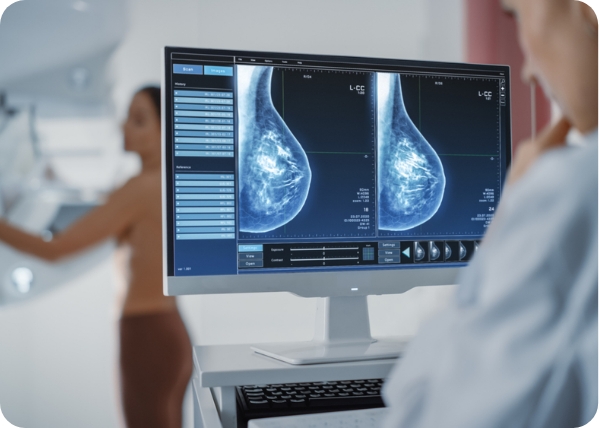

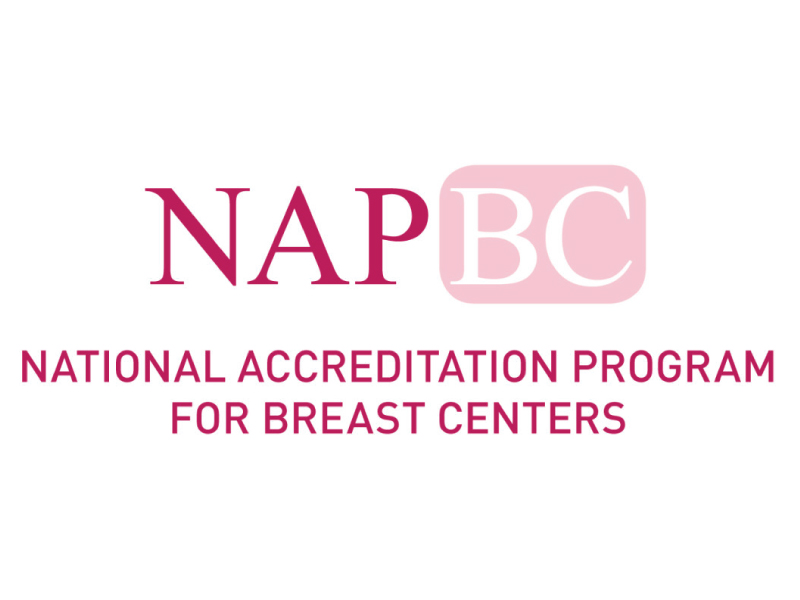
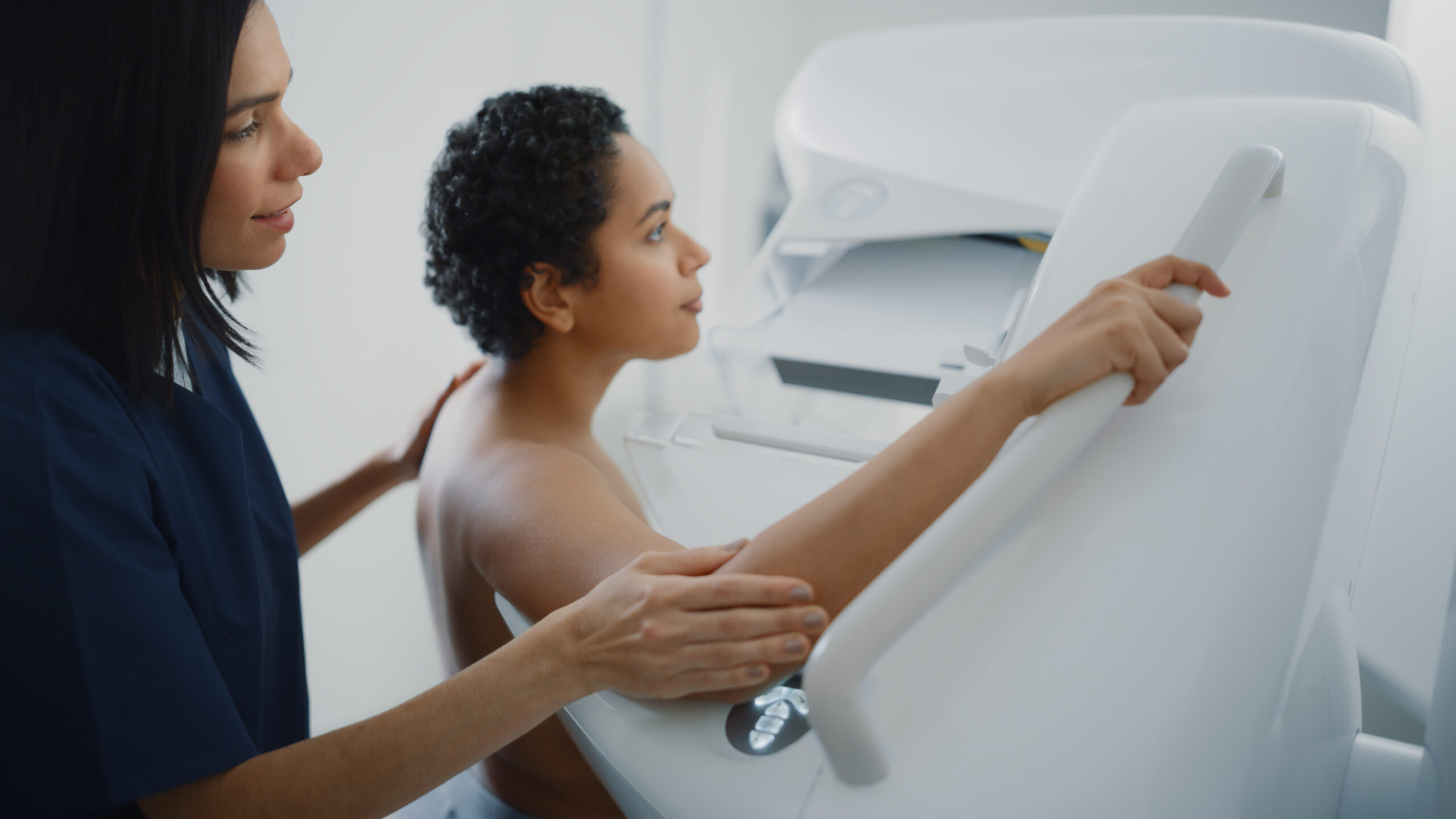
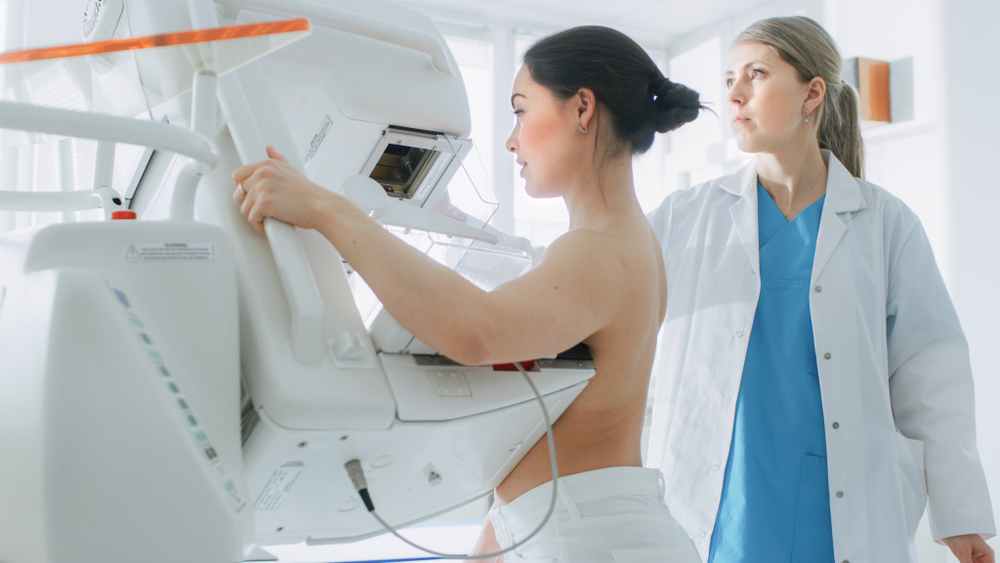
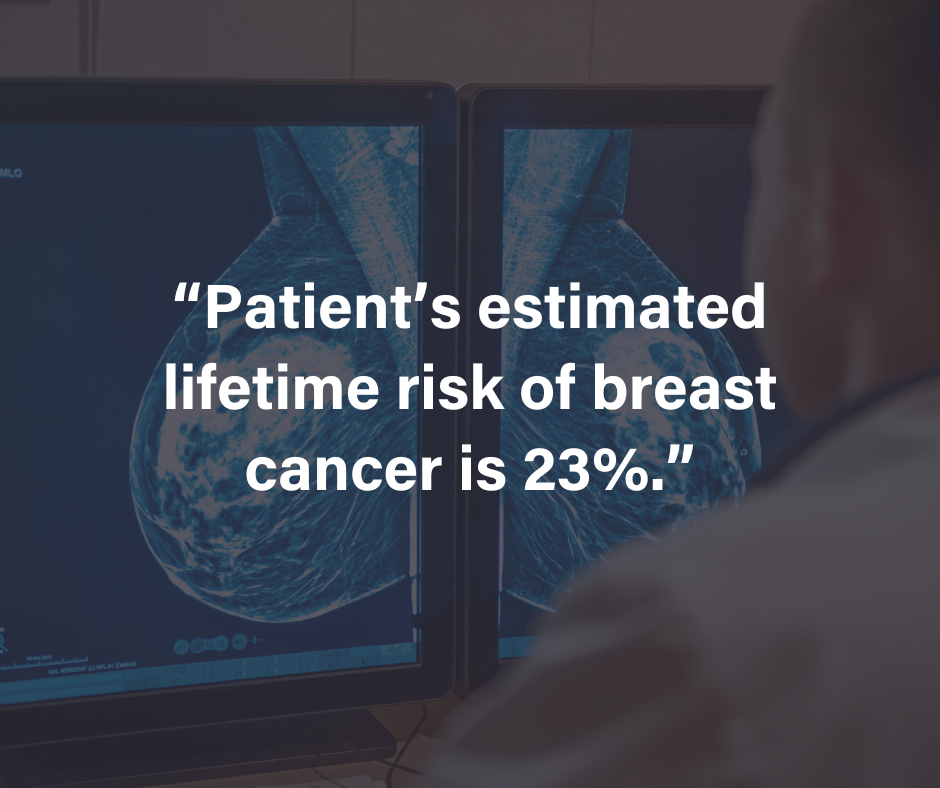
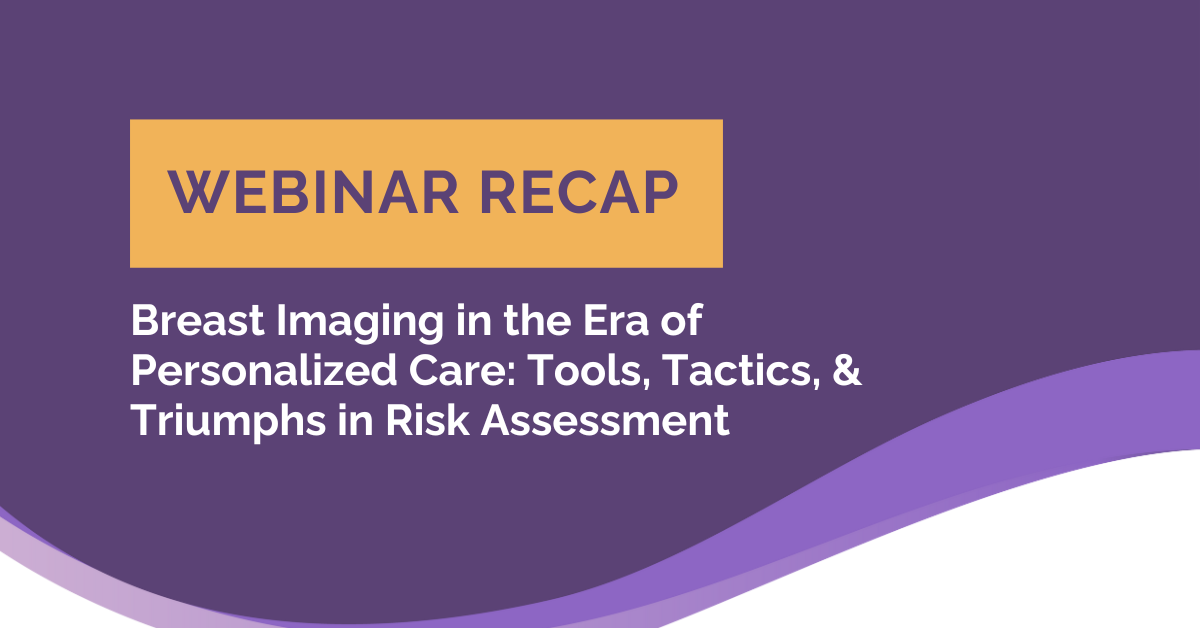
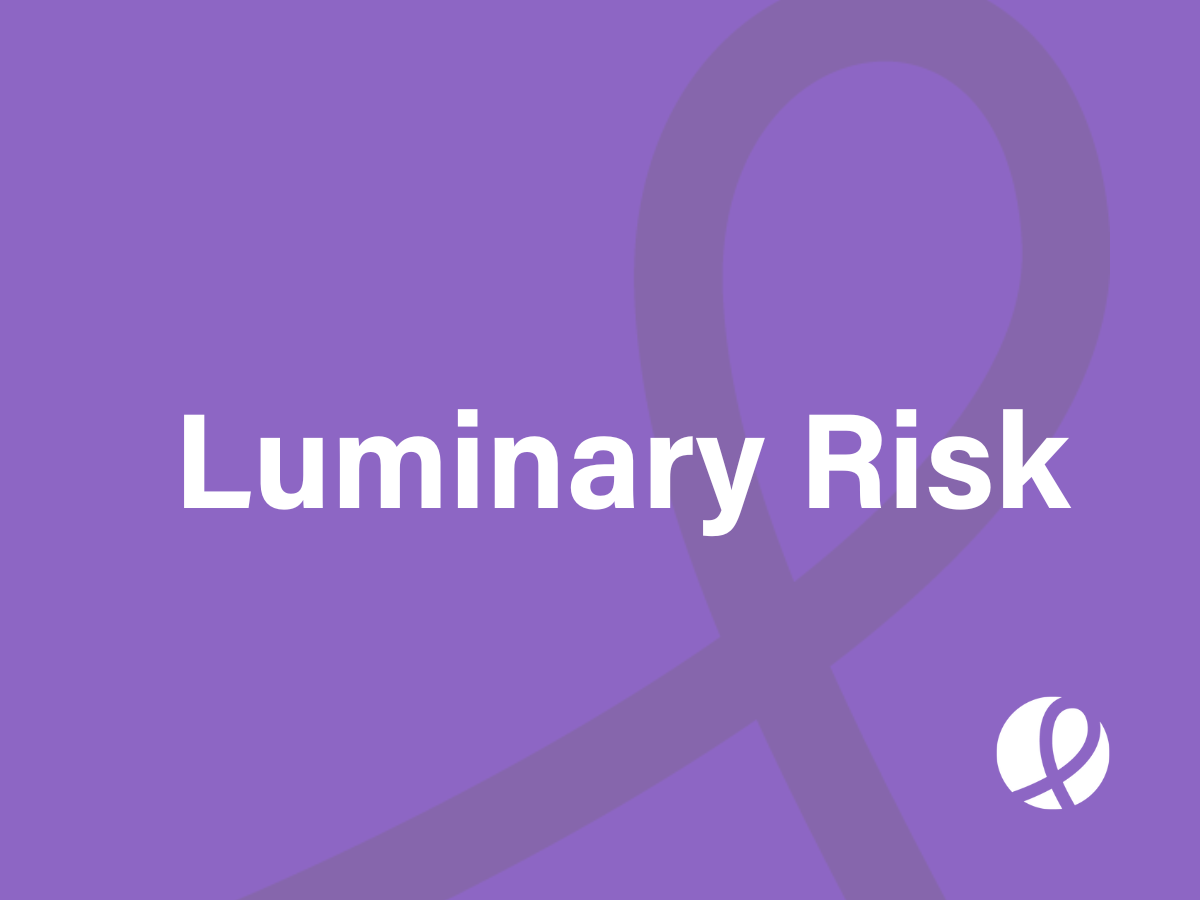





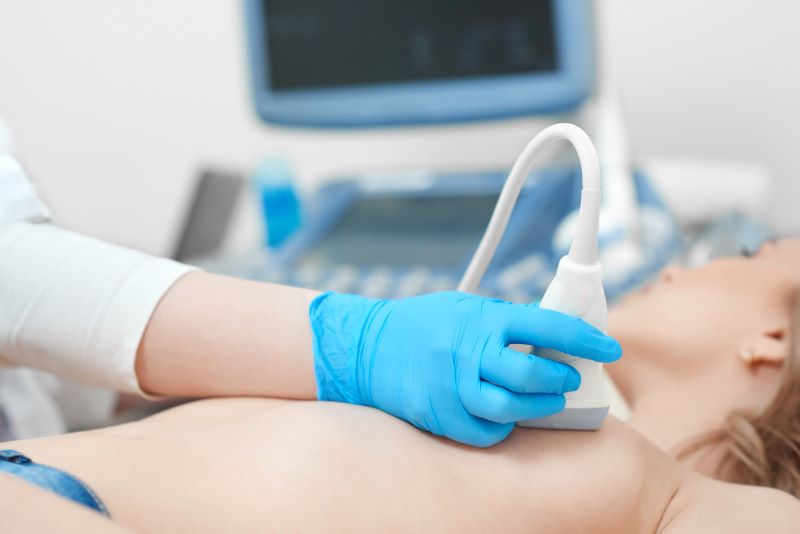
![monitoring breast density shutterstock_1299510538-[Converted]](https://magview.com/wp-content/uploads/2023/05/shutterstock_1299510538-Converted.jpg)
